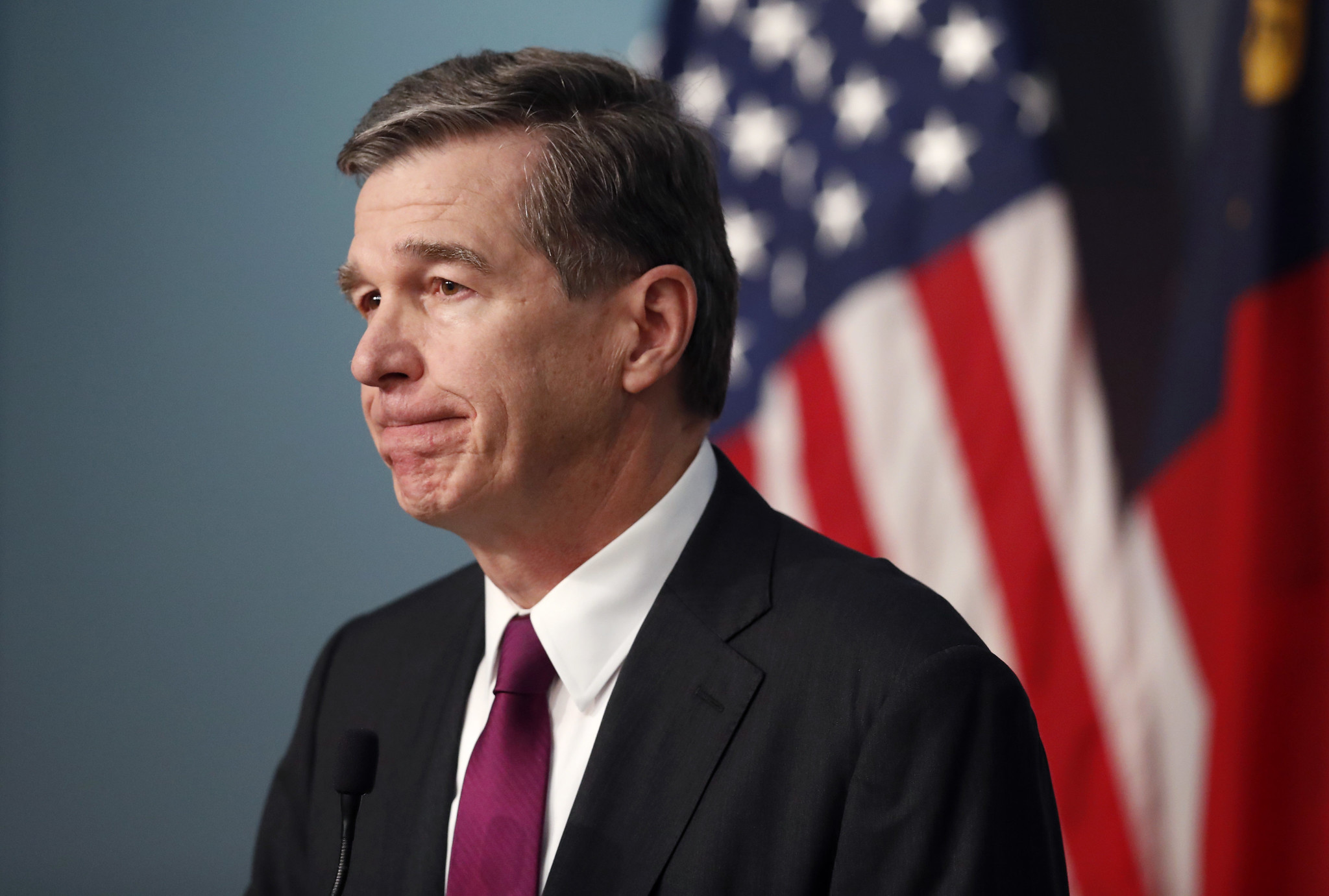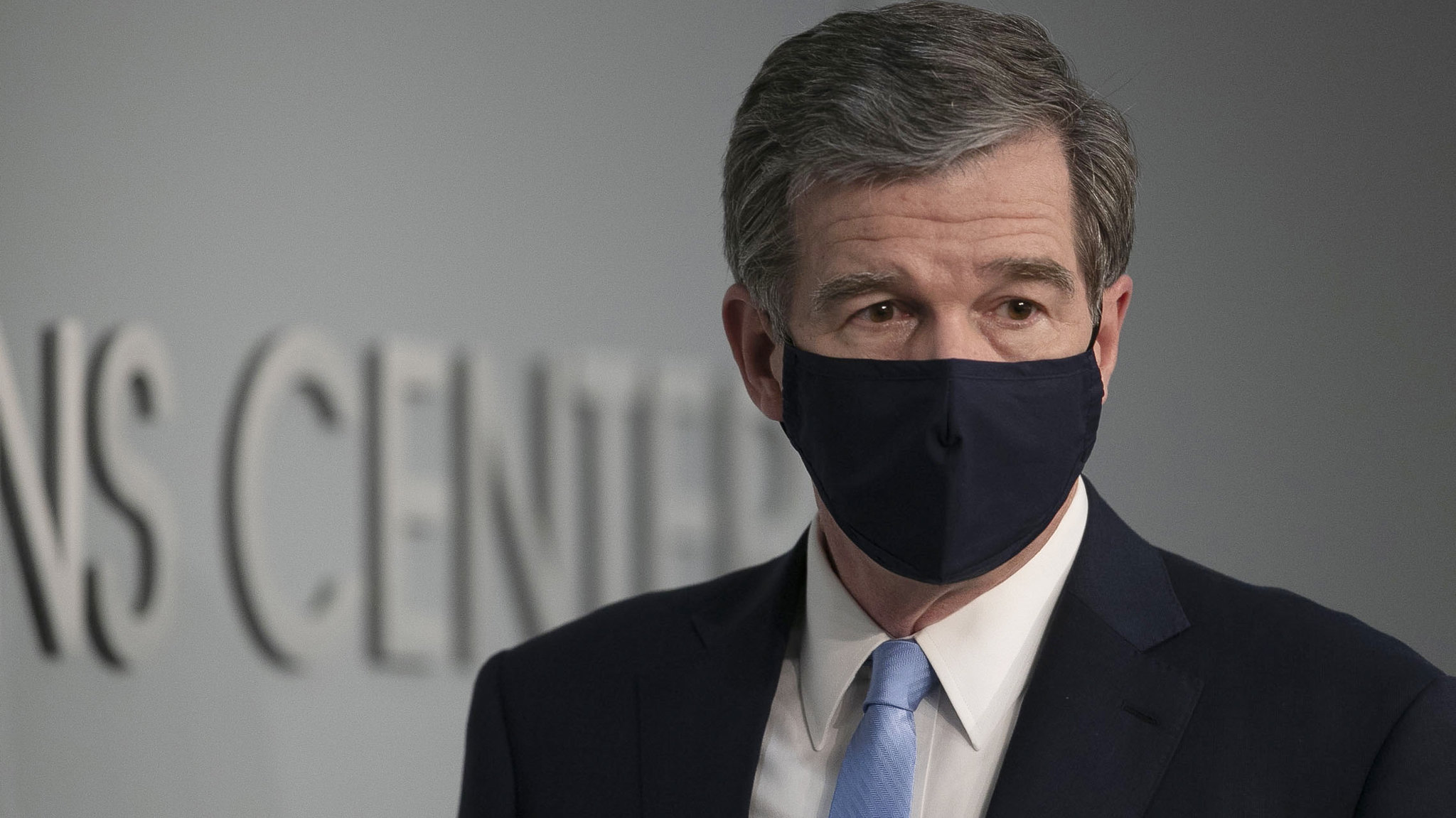North Carolina’s jobless rate fell dramatically in June, the state announced on Friday, as restaurants, hotels and retailers bounced back since Gov. Roy Cooper’s COVID-19 restrictions were eased.
The state’s seasonally adjusted unemployment fell from 12.8% in May to 7.6% in June, as the number of people on the job grew by 227,500 to more than 4.4 million people overall.
Still, the rate was still twice the percentage reported before the pandemic began, and total employment is 444,000 below the state’s June 2019 figure.
The national unemployment rate in June, announced two weeks ago, was 11.1%, a drop of two percentage points compared to May.
Cooper’s stay-at-home orders in March brought most nonessential consumer commerce to a halt. Those restrictions prohibited dine-in services at restaurants statewide.
The percentages are based on employment activity in mid-June, three weeks after Cooper lifted the order and allowed most businesses to reopen at partial capacity, including restaurants. Personal service providers, like hair and nail salons, also could reopen.
So it’s not surprising that the leisure and hospitality industry led the way in employment growth, restoring almost 69,000 jobs for a 22% uptick compared to May.
The category that includes retail and transportation also saw over 22,000 more people employed. All other industry categories increased employment except for two that were flat: information services and publishing, and mining and logging.
Bars, gyms, movie theater and entertainment venues are among business categories that will remain closed until at least Aug. 7. Cooper and his allies said they constitute high-risk settings for coronavirus transmission.
The unemployment rate decline comes even as daily jobless benefit claims filed with the state still exceed the average weekly total received before the pandemic.
More than 8,500 claims were filed on Thursday, according to the Division of Employment Security, bringing the total since mid-March to more than 1.94 million.
Nearly 1.17 million individuals have filed for claims during that time, but the growth of that number has slowed. More than $5.8 billion in state and federal benefits have been paid.
Related Stories
‹

5,000 North Carolinians Now Dead from COVID-19New daily reports of COVID-19 cases around North Carolina revealed the state has surpassed another grim benchmark. The North Carolina Department of Health and Human Services reported Saturday nine new deaths of state residents from the coronavirus, bringing the state’s total number of casualties to 5,005. North Carolina’s cumulative total of positive cases now stands […]

Gov. Cooper Extends North Carolina Stay at Home Order, Reopening for Another 3 WeeksNorth Carolina Governor Roy Cooper announced his plans to extend his stay at home order for the state another three weeks, citing recent rises in coronavirus cases and trends. With his order set to expire on Friday, Cooper said at a press briefing on Wednesday he will add an extension through at least November 13. […]

Gov. Cooper: North Carolina to Move Into Phase 3, Urges Mask-WearingNorth Carolina Governor Roy Cooper announced the state will move into its Phase 3 of reopening amid the coronavirus pandemic beginning on Friday. Cooper described his administration as “cautiously encouraged” because they see warning signs the virus’ spread might increase again despite North Carolina’s stabilizing metrics. But those metrics and the continued requirement of masks, […]

State Government to Allow 7 Percent Capacity at Outdoor Event Venues, Launches COVID-19 AppGovernor Roy Cooper announced North Carolina will be allowed to progress to another small step of reopening amid the COVID-19 pandemic. The governor said at a press conference Tuesday large outdoor event venues will be allowed to open at 7 percent capacity beginning on Friday, October 2. The venues, largely athletics facilities and stadiums, must […]

Gov. Cooper Extends Early Cutoff for Restaurant Alcohol SalesNorth Carolina’s governor is extending an executive order that limits the hours that restaurants can serve alcohol to fight the COVID-19 pandemic. Gov. Roy Cooper announced Monday that he’s extending his order that requires restaurants to stop serving alcoholic beverages at 11 p.m. until Oct. 2. State law usually allows sales until 2 a.m. The […]

Cooper Vetoes String of North Carolina Reopening BillsNorth Carolina Gov. Roy Cooper vetoed a string of bills on Thursday passed in the Republican-controlled legislature to reopen businesses and help reignite parts of the economy most hurt by the coronavirus. With GOP lawmakers unlikely to have the votes needed to override the Democratic governor’s decision, amusement parks, entertainment venues, bars, gyms, skating rinks […]
![]()
Amusement Parks, July 4 Events Latest NC Reopen Bills OK'dThe North Carolina General Assembly on Tuesday approved yet another Republican attempt to let more businesses reopen despite Gov. Roy Cooper’s COVID-19 restrictions on commerce. Lawmakers also sent the Democratic governor a measure that would prevent his executive order limiting outdoor gatherings from blocking July 4 parades or fireworks. Cooper already has vetoed two bills […]

Cooper Vetoes 2nd Reopen Bill, This One For N.C. Gyms, BarsDemocratic Gov. Roy Cooper on Friday vetoed another attempt by Republican legislators to accelerate the speed in which North Carolina commerce is being restored through his COVID-19 executive order. The vetoed measure would have allowed fitness centers and gyms shuttered since March to reopen at 50% capacity and require they follow social distancing and cleanliness […]
![]()
NC Legislators Aiming to Reopen Gyms Despite Cooper OrderGyms and fitness centers would get relief from North Carolina Gov. Roy Cooper’s COVID-19 executive order that keeps them closed in a bill approved unanimously on Thursday by a Senate committee. The measure, which would allow the gyms and health clubs to reopen indoors at 50% capacity, is another effort by lawmakers to overturn Cooper’s restrictions that […]

N.C. Legislature Approves Bill Overturning Gov. Cooper's Order on BarsNorth Carolina legislators voted on Thursday to essentially overturn Gov. Roy Cooper’s order keeping bars closed due to COVID-19, deciding that serving customers outside for an economic punch was worth any additional risk of congregating. The legislation, approved by the Republican-controlled Senate and House, would allow bars to reopen outdoors only and allow additional seating outdoors […]
›







